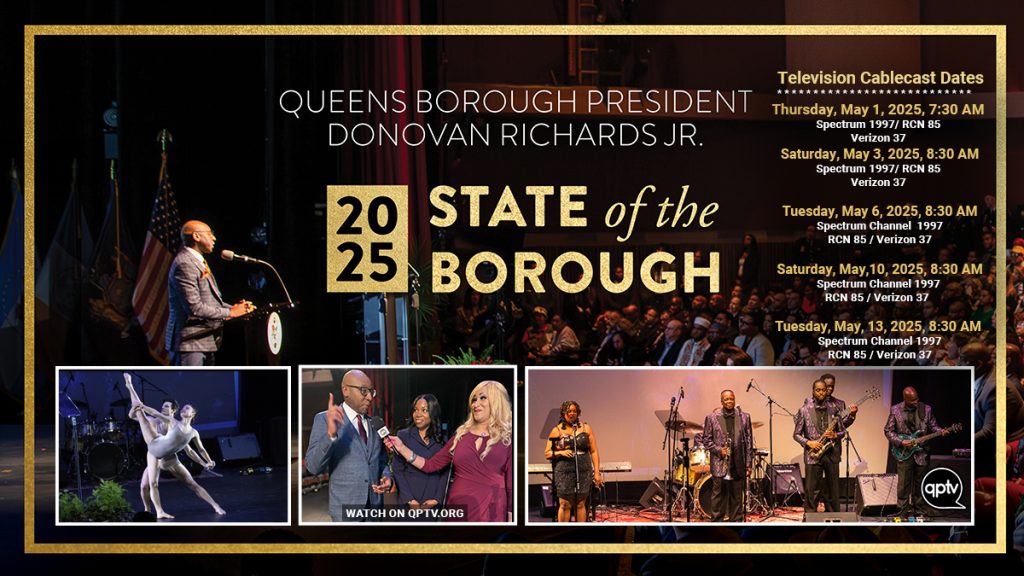The rapid legalization of marijuana in New York State is creating some interesting discussions about the potential growth of the marketplace and how and where it can be consumed.
A little history on how it began
Prohibition of marijuana began as early as the 1930s, at a time when there was very little known about the plant’s medicinal and recreational uses. Media mogul William Randolph Hearst, whose empire of newspapers pioneered the use of “yellow journalism,” led the effort to demonize the cannabis plant by funding heavily propagandized and often racially prejudiced material, such as the 1936 film “Reefer Madness,” which exaggerates the events surrounding a group of high school students who are introduced to weed for the first time.
It is largely believed that his tirade to destroy the hemp industry was due to the fact that it produced a cheap substitute for the traditional wood pulp that was used by the industry at the time. However, few were actually aware that it was not the plant itself, but the THC byproduct, that when smoked would create the intoxicating effect that Hearst other elite industrial families helped make illegal.
What really happened…
The Marihuana Tax Act of 1937 was drafted by Harry J. Anslinger, who claimed that cannabis caused people to commit violent crimes and act irrationally. This law essentially made possession or transfer of marijuana illegal through the imposition of a tax on all sales of hemp.
Then in 1970, the Supreme Court deemed the act to be unconstitutional in its violation of the fifth amendment right against self-incrimination.
New York State Governor Nelson Rockefeller was elected to office on the campaign promise of being “tough on crime” and in May 1973 he did just that, calling for mandatory sentences of 15 years to life for the sale or possession of narcotics, including those caught with small amounts of pot.
Since 1995, there have been more than 17 million marijuana-related arrests made, including an estimated 545,602 made in 2019 – significantly more than for all violent crimes combined.
This continues to be a major contributor to the overcrowding within our prison system. It also helped create the systemic abuse of the law to leverage the unfair incarceration of those coming from lower-class and impoverished communities.
New York did not reform these regulations until 2009 when NYS Governor David A. Paterson introduced legislation that rolled back excessive sentencing statutes and restored power to judges in regard to first-time, nonviolent drug offenders.
Will New York follow in Jersey’s footsteps?
While there is a possibility that New York could finally permit the sale of recreational-use marijuana, the recent legalization of recreational use marijuana has not created the anticipated rush of customers everyone was expecting.
The recreational sale of marijuana is still prohibited in New York, but thanks to the efforts of our neighboring states, many believe state lawmakers will soon follow suit.
Should they not, however, legislation remains on the table that could potentially decriminalize the use of marijuana on a federal level.




